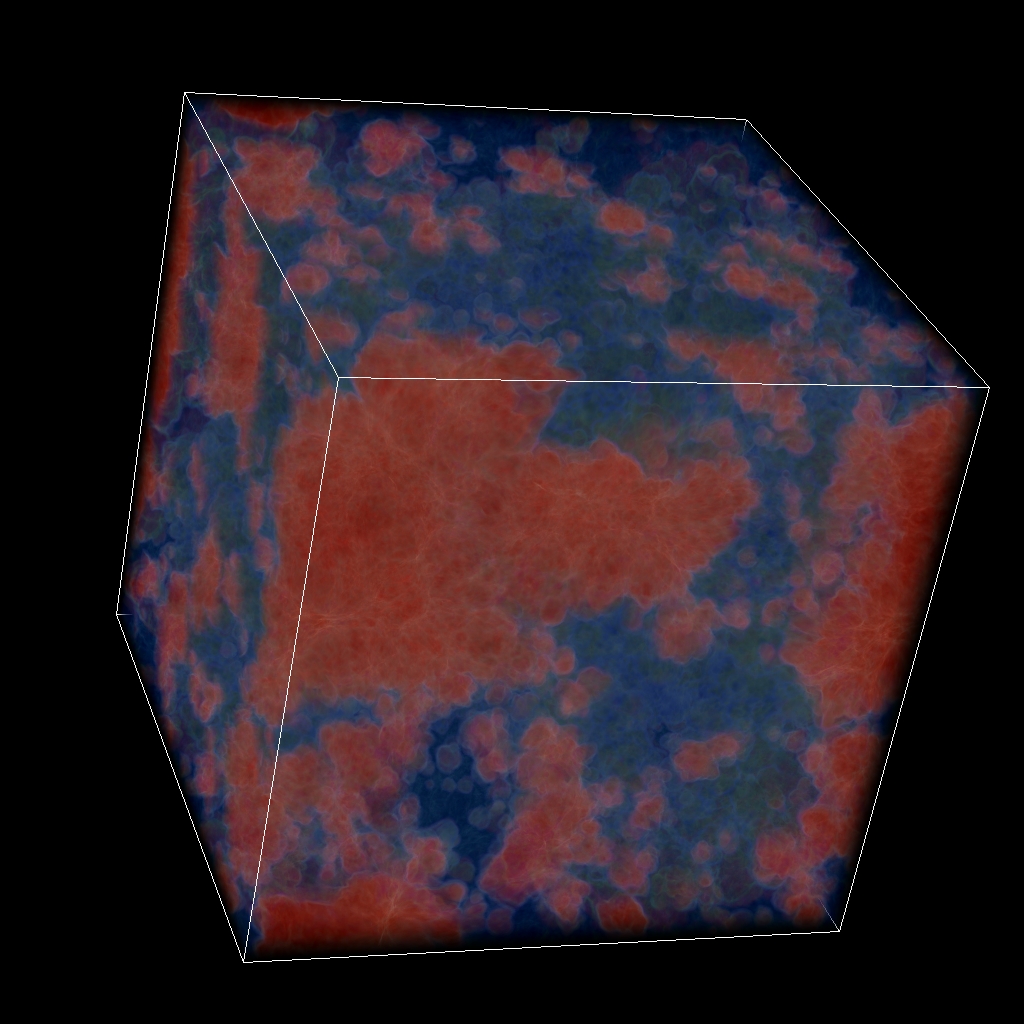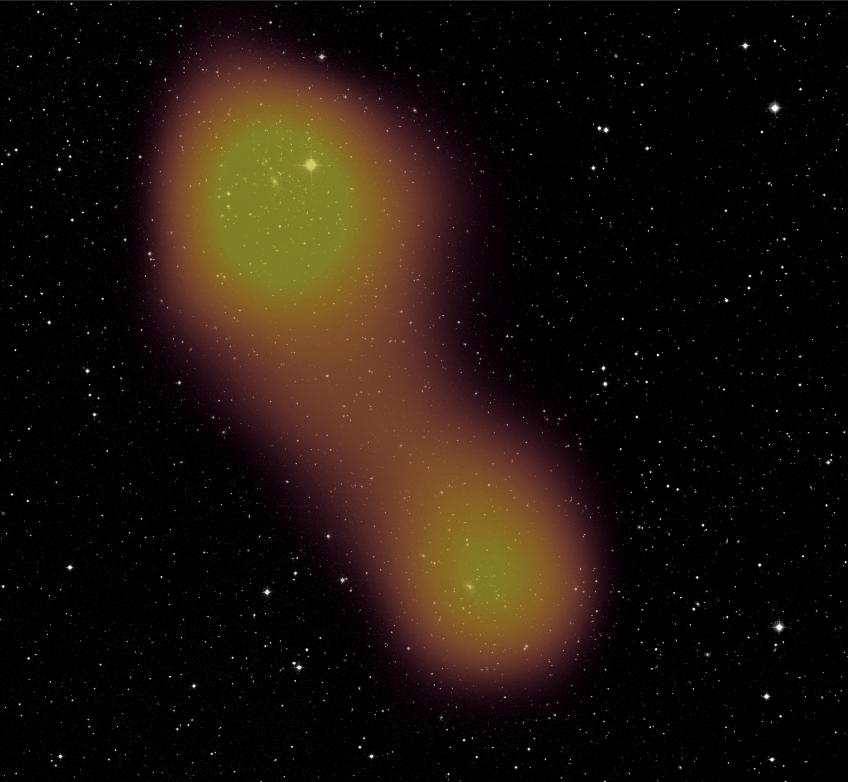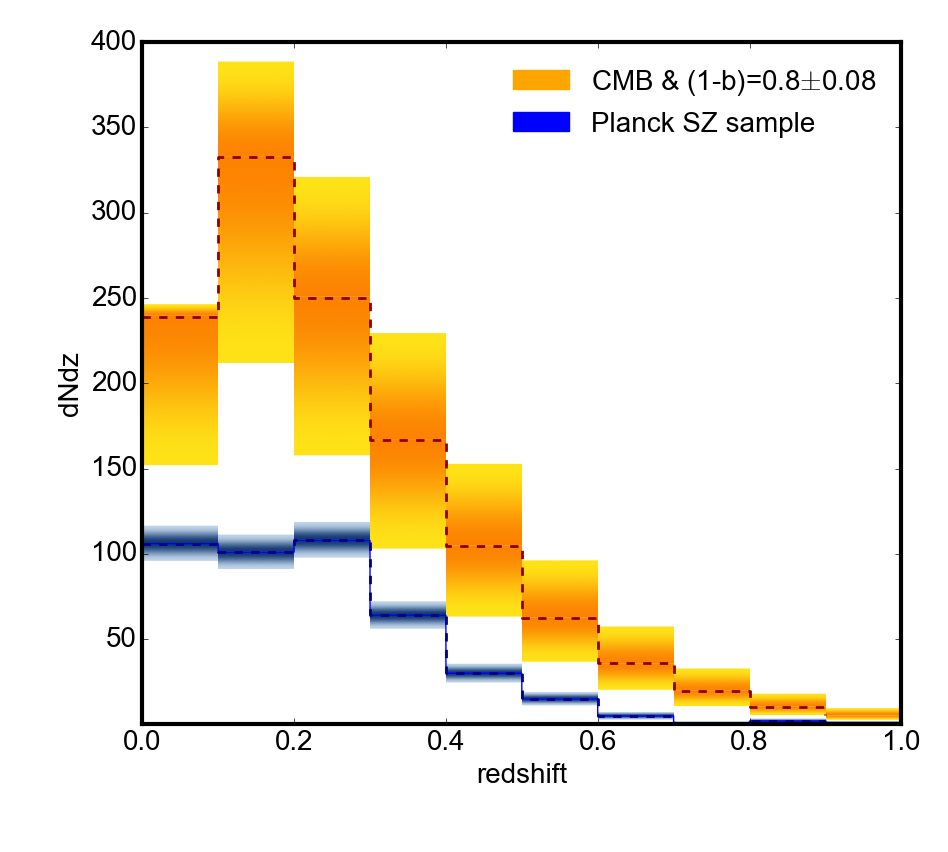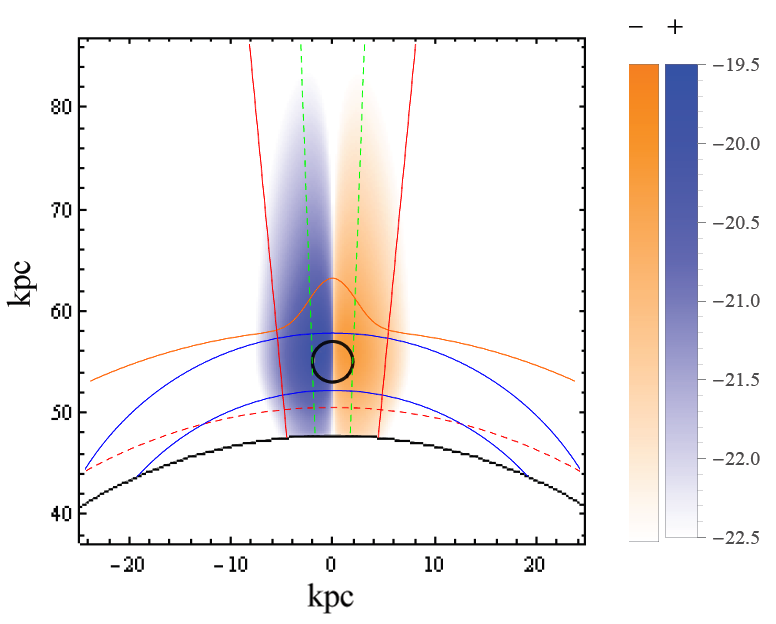How did the Universe leave the Dark Ages?
Recent results of the Planck collaboration confirmed that Cosmic Reionization, the transition of the cosmic baryons from an essentially neutral state to an ionized state, ended rather late, at a redshift of about 8. In addition, the evolution of the global ionisation fraction has been found to be compatible with a rather late onset, and fully consistent with the first galaxies being the major driver of Reionization, as corroborated by observations of the most distant galaxies. What was then the rôle of the very first, so-called Population III stars that came before the first galaxies? How comes that their radiation did not have a more significant impact on the ionisation state of the Universe? What were their properties? In which observable do we have to look for their signature? (Image credit: Aubert et al.)



